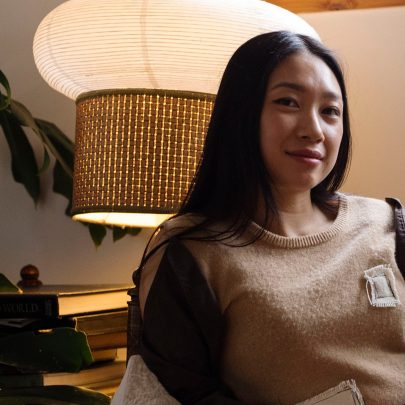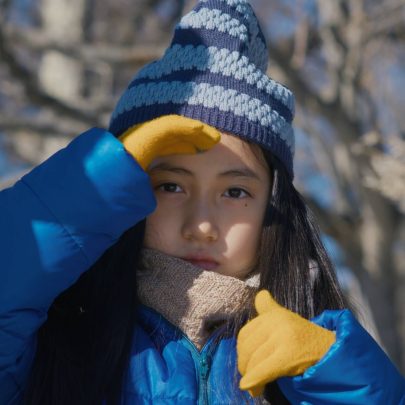Jun 9, 2015 Film & TV
Directed by Alberto Rodríguez
Is it an unusually beautiful geometry puzzle? Is it the opening gambit of a nature documentary? Whatever it is, you can’t look away.
I love a strong curtain-raiser. The Spanish noir crime drama Marshland does not open like a noir crime drama, or a noir anything. Instead it fills the screen with the rich browns, greens and aquamarines of its titular landscape, as viewed from the air: a tight interlocking of curved riverlets and sharply defined plots of muddy earth, luminously well shot. It looks abstract yet organic, and nothing like a crime scene.
Looks can of course be deceiving — which is one of the points being encoded here. We are about to spend a little under two hours in the familiar/unfamiliar coils of a murder mystery, where every face is sullen with secrets, every secret can be relied on to emerge as a plot twist, and only a few of the plot twists actually matter.
There are two cops, one old, one young. They have sharply differing levels of idealism, and they don’t like each other much, but they make a better team than either wants to admit. To a crime buff, there’s a paradoxical soothing quality to the general unease: though this be murder, there is method in it.
Marshland’s story is in fact pretty generic, in ways good (the odd-couple cops are vividly played by Javier Gutiérrez and Raúl Arévalo), bad (the other characters are ciphers) and ugly (yet another crime story about the mutilation of young women).
Director Alberto Rodríguez has commented that the film was inspired by an exhibition of old photos he attended years ago with his cinematographer, Alex Catalán, and that rings true — this feels like a film created to explore a particular visual sensibility, rather than one driven by a story that wouldn’t let its creators go.
Okay, visual brilliance rooted in narrative genius would be more ideal, but the story is sufficiently well formed for Catalán’s work to give it gravitas and power. He manages to derive the traditional brooding mood of noir cinema from distinctively untraditional images, alternating the distancing coolness of beautifully framed long shots with scenes constricted by clammy tight horizons, some indoors, some out on the marshes, where scrub and reeds work to screen off sightlines.
So much of the impact of the film derives from that contrast of perspectives, which among other things plays to the differing temperaments of our two detectives. Anyone who appreciates an intelligently crafted genre piece will find a lot to enjoy here.





